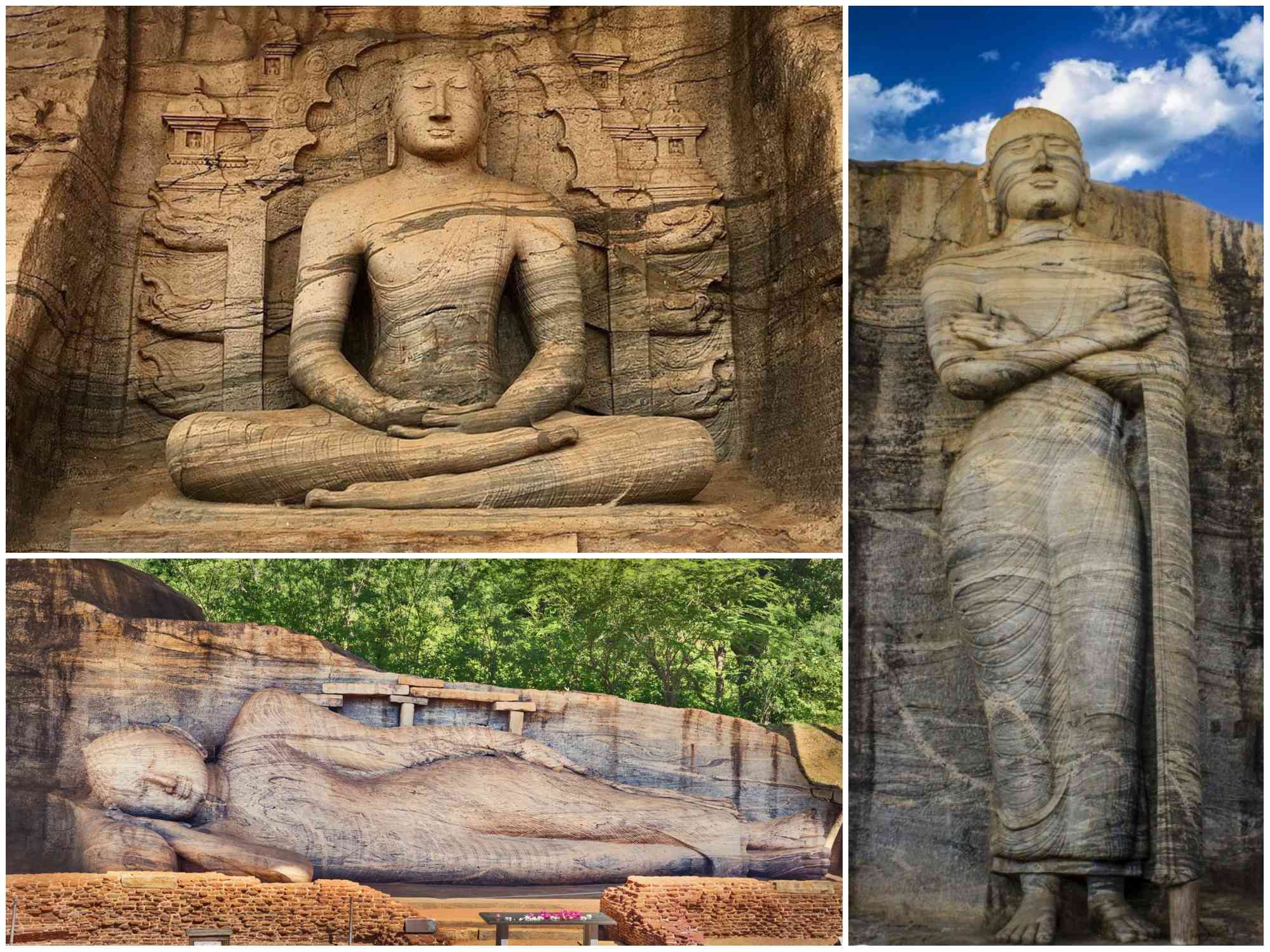
Just to the north, the Gal Vihara (“Stone Shrine” or Black Stone Shrine) represents the pinnacle of Sri Lankan rock carving. The four Buddha statues here, all carved from the same massive granite outcrop, originally formed part of the monastery complex .Each statue would originally have been housed in its own enclosure – you still can see the sockets cut into the rock into which wooden beams would have been inserted behind the standing image of Moonstone, Polonnaruwa
The standing Buddha is 7m tall and is said to be the fi nest of the series. The unusual position of the arms and sorrowful facial expression led to the theory that it was an image of the Buddha’s disciple Ananda, grieving for his master’s departure for nirvana, since the reclining image is next to it. The fact that it had its own separate enclosure, along with the discovery of other images with the same arm position, has discredited this theory and it is now accepted that all the images are of the Buddha. The massive reclining Buddha, 14m long, is the most famous of the four statues, a huge but supremely graceful figure which manages to combine the serenely transcendental with the touchingly human.
Two splendid seated Buddhas complete the group, though they lack the iconic simplicity of the reclining figure, being posed against backdrops whose elaborate detail is rather unusual by the austere standards of Sri Lankan Buddhist art. The smaller seated Buddha, unfortunately now kept behind a metal grille and fibreglass shield, is placed in a slight cave-like recess, seated in the dhyani mudra (meditation posture), along with a distinctive arch modelled after the one at the great Buddhist shrine at Sanchi in India. The larger seated Buddha is also posed in dhyani mudra and entirely framed by another Sanchi-style arch, with tiny Buddhas looking down on him from their celestial dwellings.
Sri Lanka Travel Deals provides a range of tour options to explore Polonnaruwa, tailored to meet travelers’ needs. Send us a message, and we’ll respond promptly!
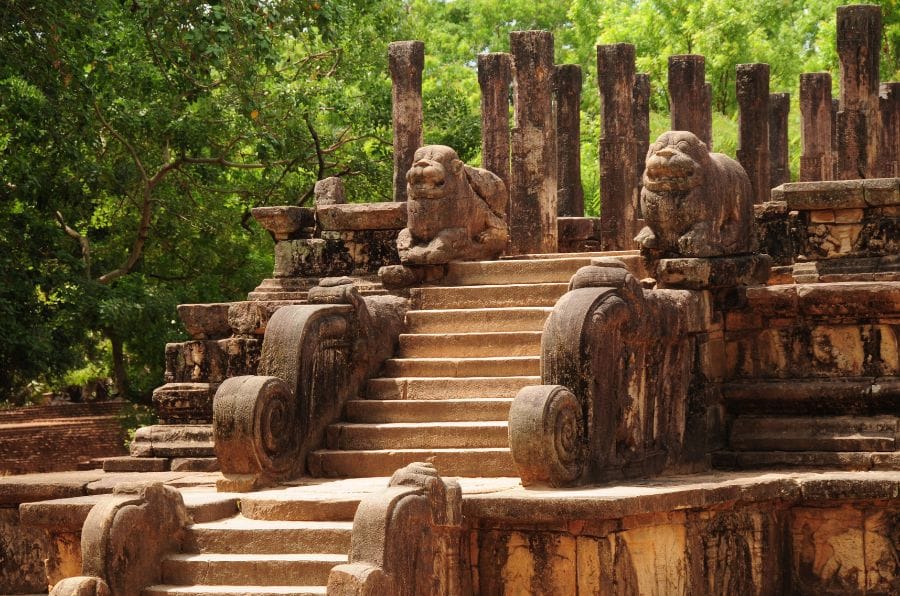
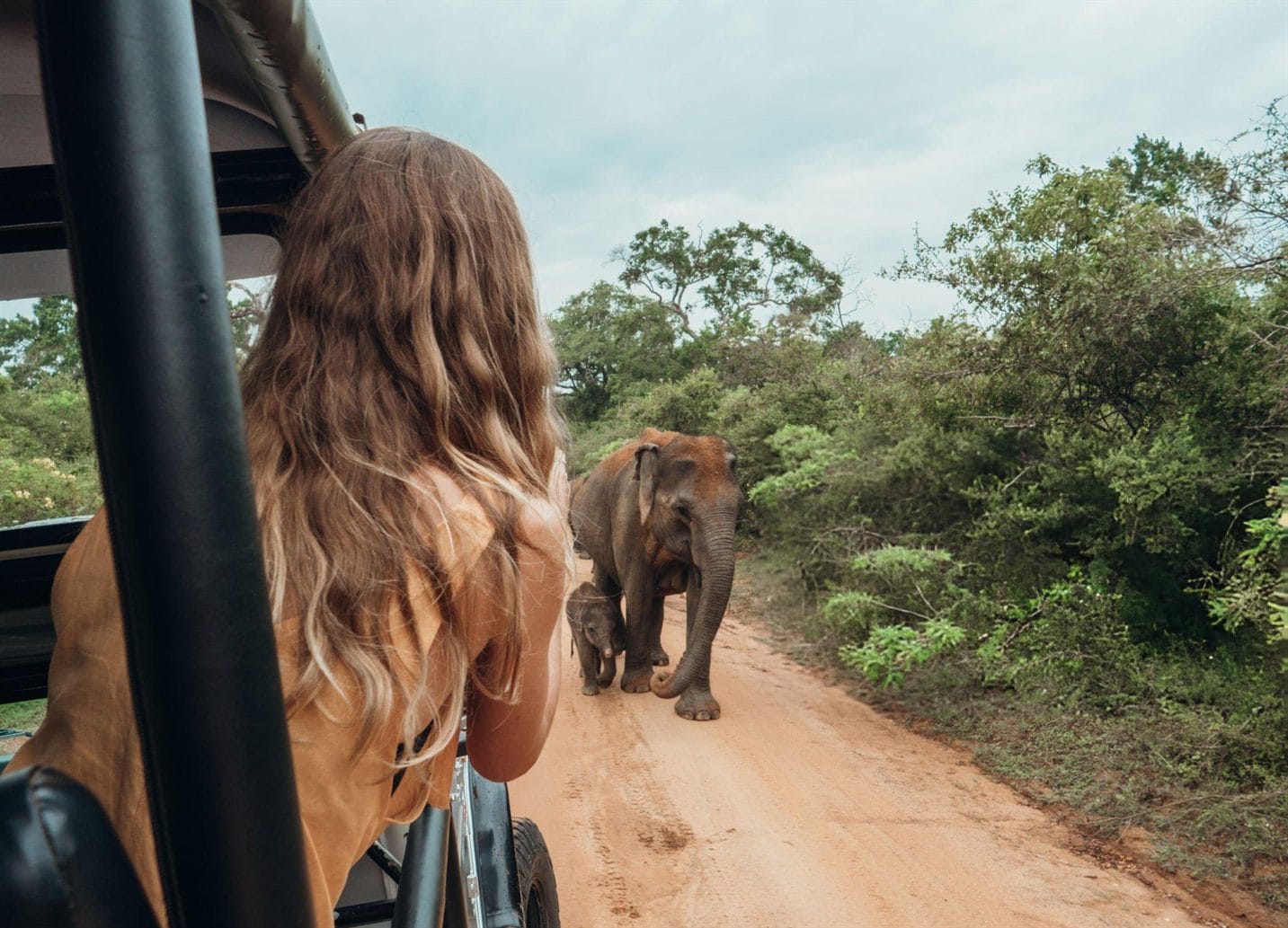
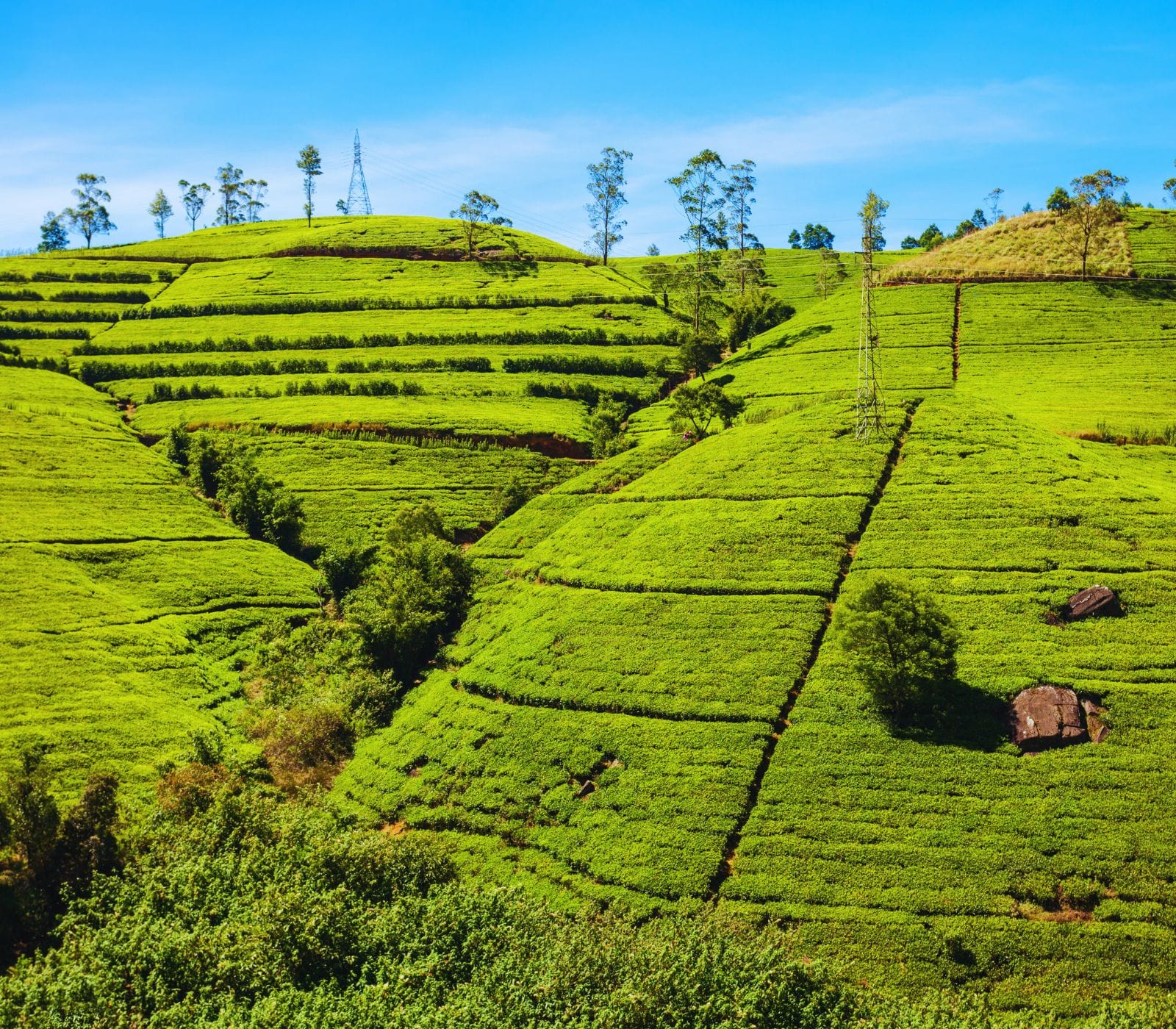
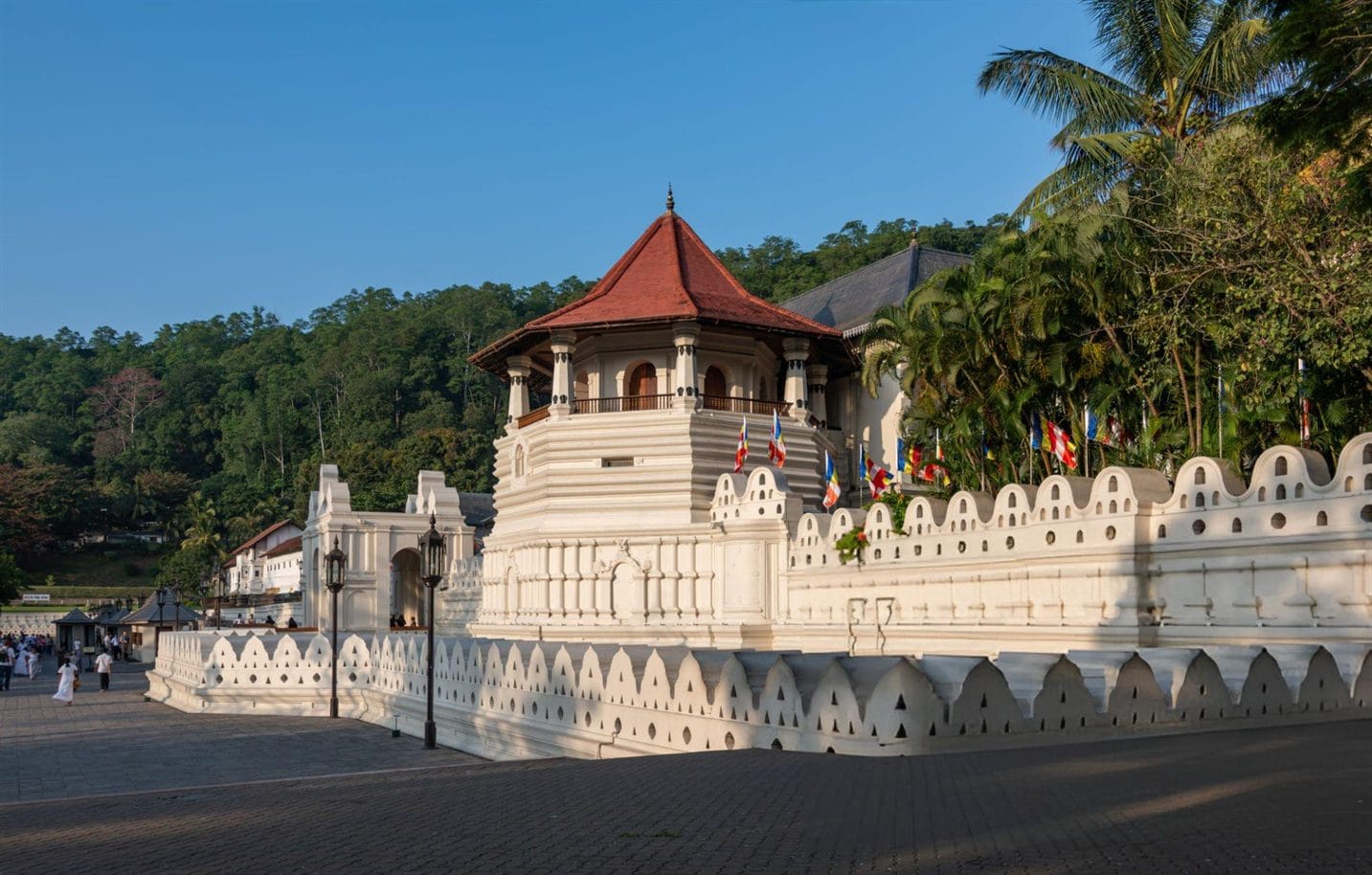
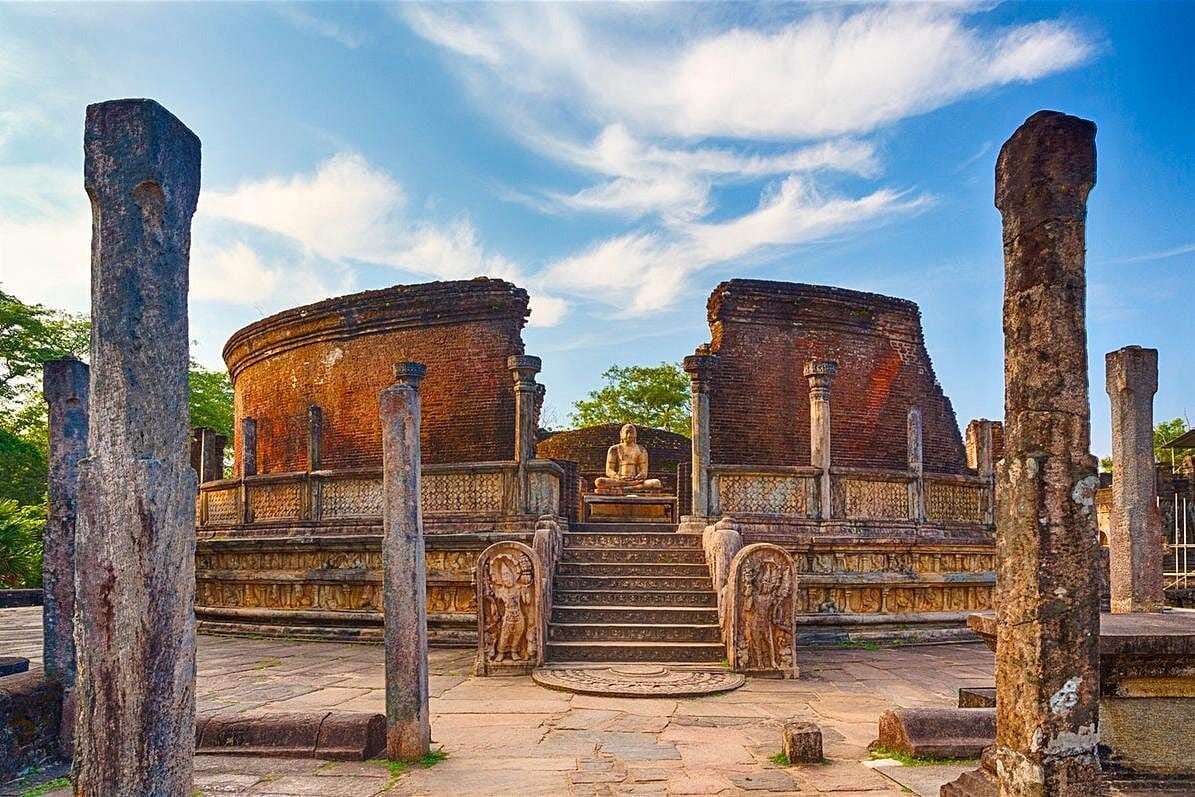





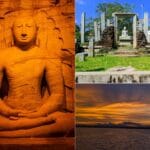


Leave a comment: